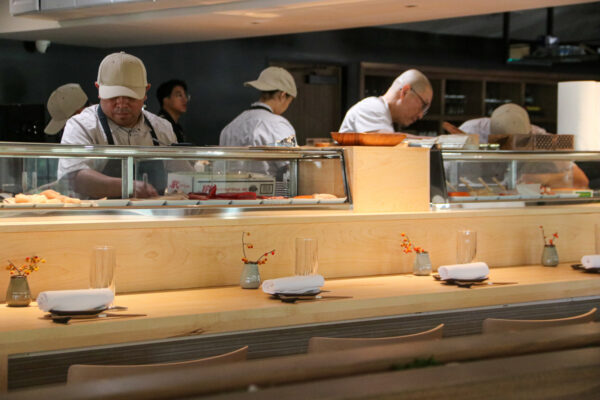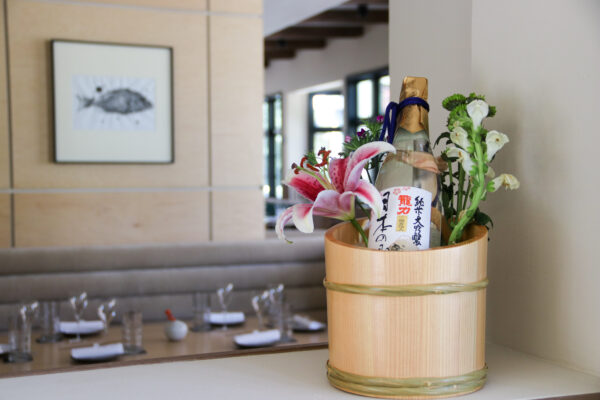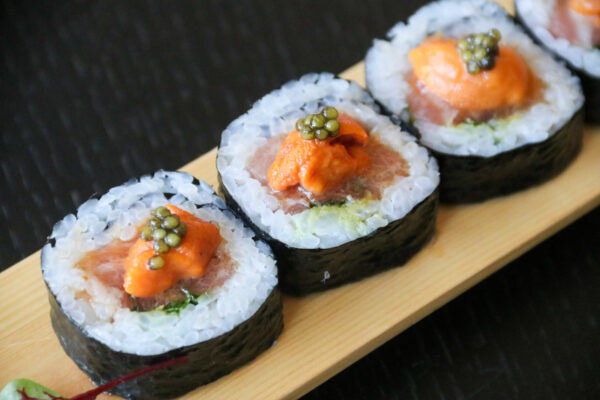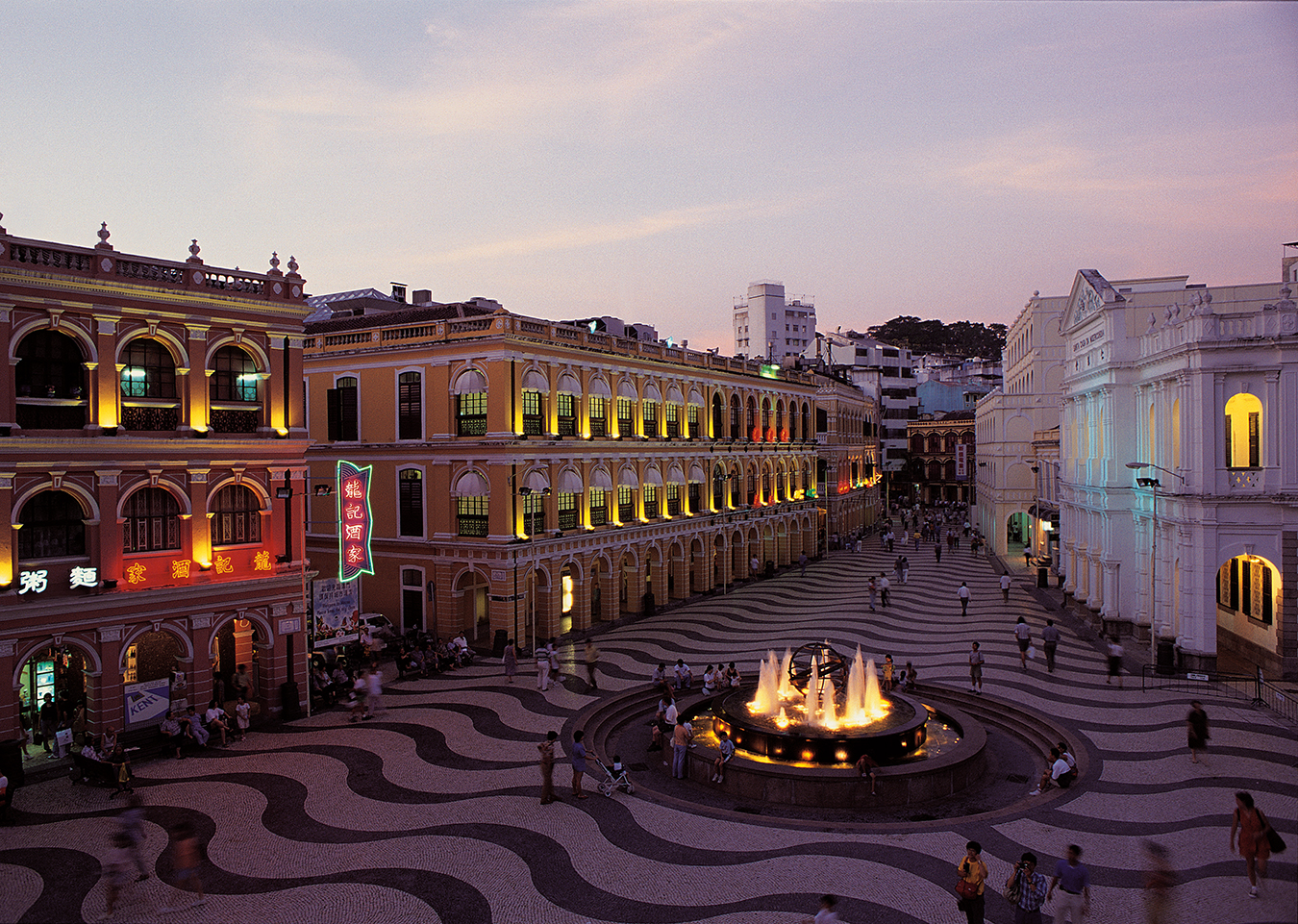Step Inside Katami, Chef Manabu Horiuchi’s New Restaurant
Sushi, sake, and wagyu in Houston.

It’s been 15 years since chef Manabu “Hori” Horiuchi opened his first Japanese restaurant, Kata Robata, in Houston, Texas. Now, the four-time James Beard Award nominee and his partner, Yun Cheng, have expanded their footprint with the debut of a new sister restaurant called Katami, in the city’s Montrose neighbourhood.
Walls of glass bring the outside in, imbuing the interiors with a warm, treehouse feel. The architecture, overseen by the Texas-based Abel Design Group, is both sleek and sophisticated, with a tranquil colour palette that eases the senses, natural elements such as small Japanese rock gardens, and artworks that include pieces of traditional kimonos and fish netting.




The venue’s refined interiors succeed in focusing patrons’ attention on chef Hori and his team, who work from a large open kitchen in the centre of the restaurant. “It’s been an incredible journey creating a menu that showcases traditional techniques and preparations but also allows me to use my creativity to illustrate what I see as the future of Japanese cuisine,” he says. “Japan is forever in my heart and on my mind, and Katami is my opportunity to expand on what we’ve done at Kata Robata, to share my passions as a show of gratitude to my adopted city of Houston.”
As the sun sets over the U.S.’s fourth-largest city, stylish locals saddle up to the attractive 20-seat bar where they sip on inventive craft cocktails such as the Shiso Side, made with Japanese gin, lemon, yuzu sherbet, shiso, and hot sesame oil, or the Katami Old Fashioned, paired with toasted rice, angostura, and yuzu bitters. Meanwhile, the wide-ranging selection of rare sakes available by the bottle and the glass complement the medley of artful dishes on Katami’s menu.


Starters such as the toro tartare paired with quail eggs and kimchi sauce have quickly become local favourites, as has the okonomiyaki, a traditional Japanese street food pancake made with grilled corn, mixed mushrooms, and crunchy carrot flakes. Diners may also choose from a selection of warm miso soups, ladled with clams and fresh crabmeat, or pork belly, for example. Much like at Kata Robata, sushi shines at Katami, and Hori relies on his long-standing relationships with Japanese fishmongers to send the freshest fish available multiple times a week. In fact, 80 to 95 per cent of the fish on Katami’s menu is caught off the coast of Japan and served within 20 to 30 hours of hitting the docks.
The sushi here is extensive and elegantly prepared. Guests lucky enough to sit at the 12-seat sushi bar can choose from a nine, 12, or 15-piece sushi-only omakase menu, along with the Katami omakase experience with nine to 15 courses that include both traditional sushi and bites from the kitchen. Signature rolls include The Southern Smoke, rolled with fatty tuna belly, caviar, and sea urchin, or the vegetarian Harlow District Roll, which pays tribute to the surrounding microcommunity Katami calls home.



The restaurant’s wagyu program is another highlight, with options ranging from Miyazaki or Hokkaido wagyu beef grilled robata-style over charcoal or lightly seared and thinly sliced in the tamaki tradition. A Kagoshima wagyu is also available in a hot pot, sliced as carpaccio, or served in the shabu shabu style with sesame sauce and ponzu.
Finish the night on a sweet note with chef Hori’s take on kakigori, or Japanese shaved ice, using ice imported directly from Kanazawa, Japan. This light yet decadent sweet treat is served with ingredients like green tea and strawberry, Nutella, and mascarpone cream in towering displays of colour and whimsy.
Soon, private dining will be available for guests in the Katami Room. The space, which was formerly a gelato stand located on the property, includes a six-seat counter for ultra-intimate dining experiences.
In Japanese, the name katami means gift or keepsake, and dining under the watchful eye and culinary repertoire of chef Hori and his team is a gift for all.
Photography by Casey Giltner.






